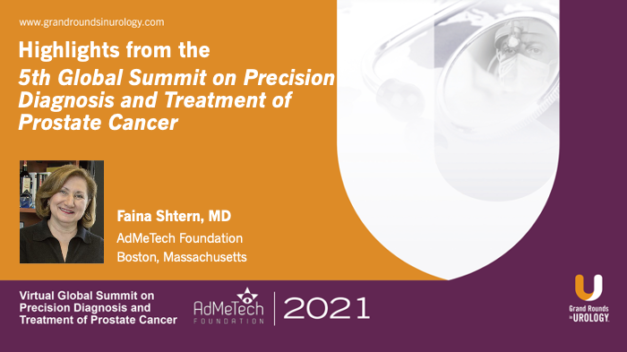Practical Applications and Clinical Utility of PYLARIFY Injection: Implications for Urology and Radiation Oncology
Phillip J. Koo, MD, Division Chief of Diagnostic Imaging and Northwest Region Oncology Physician Executive at the Banner MD Anderson Cancer Center in Phoenix, Arizona, discusses the expansion of the role and utility of prostate-specific membrane antigen (PSMA) positron emission tomography/computed tomography (PET/CT) in the management of prostate cancer. He highlights the fact that this next-generation imaging (NGI) technology will lead to changes to diagnostic approach and management, explaining that a landscape change is imminent as NGI is poised to fundamentally change the medical management of prostate cancer.
Read More

